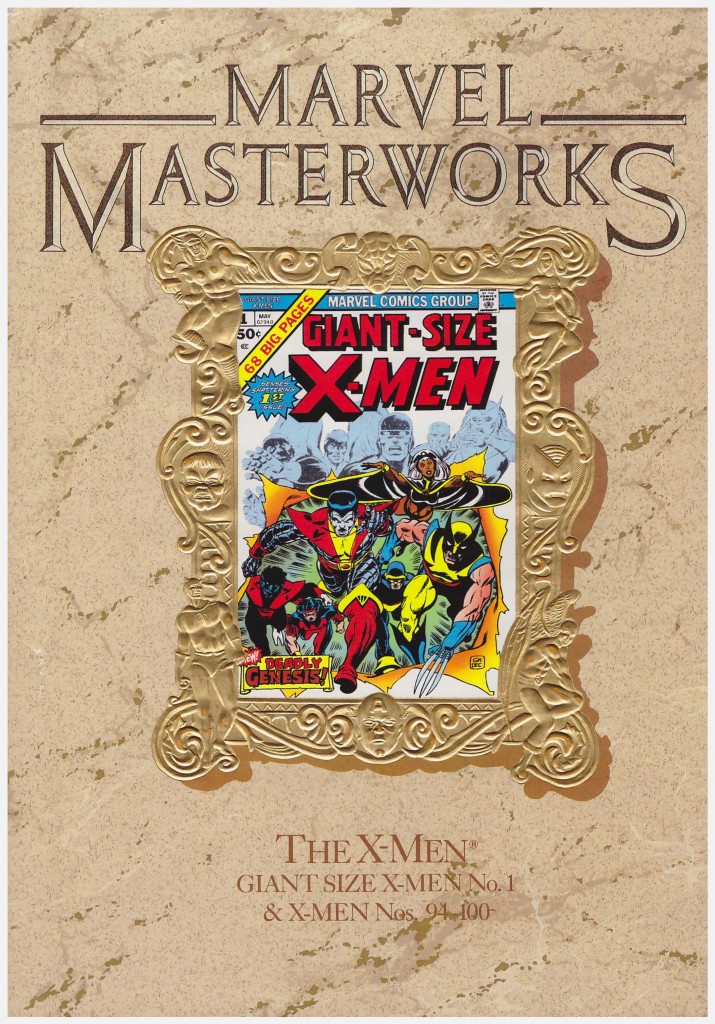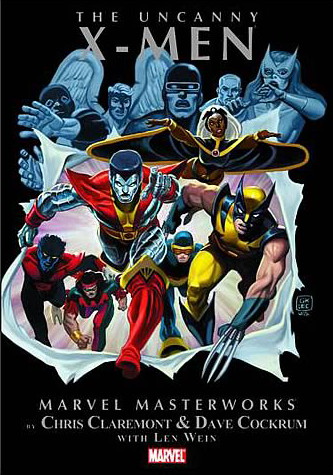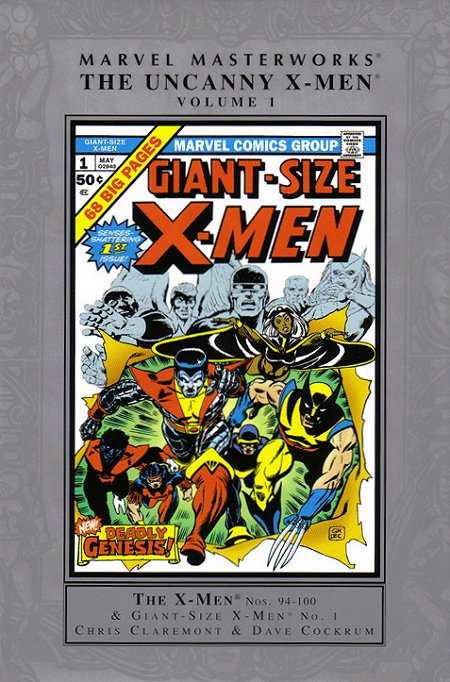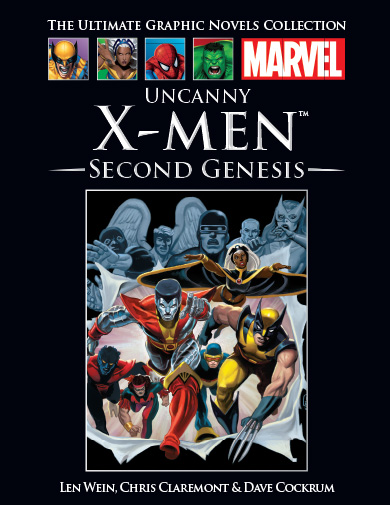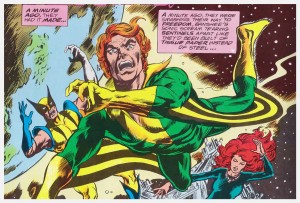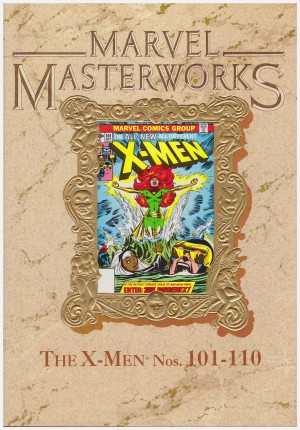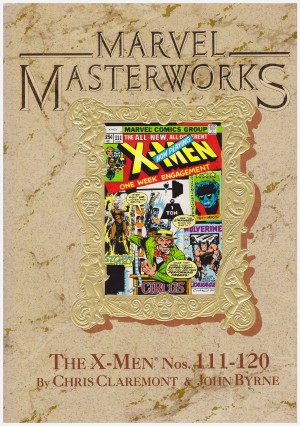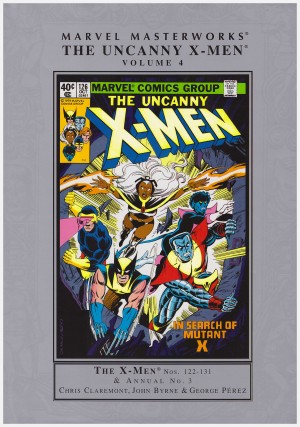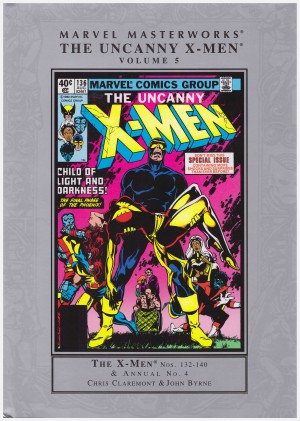Review by Frank Plowright
Spoilers in review
Assessing landmark material decades after publication is a tricky proposition. Both time and repetition dilute what was once exciting and innovative, often rendering it inferior to material that wouldn’t exist without the initial groundbreaking. The Marvel back catalogue is littered with examples, but it’s pleasing to note the earliest days of the revived X-Men isn’t among them.
Some context is required. At the time this mid-1970s material was originally published, the X-Men had been sustained only by reprints for five years, which must seem unimaginable when related to the commercial multi-media juggernaut of today. Launching a revival based on characters for the most part unknown was a brave move, and ensuring they represented a broad spectrum of nationalities was commendable, if apparently suggested to aid overseas marketing. Even so, this was a cautious revival. Almost universally positive reaction from readers didn’t manifest in sales, and it was long past what’s reprinted here before promotion to monthly publication.
By today’s standards little of the material is remarkable, but most is still very readable, and Dave Cockrum’s art is still holds its appeal, both when he’s inking his own pencils and when the inking is supplied by Sam Grainger. The introductory chapter is written by Len Wein, who then co-writes with Chris Claremont before Claremont assumes total control with the fourth chapter. His first solo outing is the weakest story here, ill-advisedly pitting superheroes against a Lovecraft-style demon, but this is the sole misfire as Claremont rapidly adjusted to the methods of dropping hints and mysteries to keep the pages turning. The final chapters involving the Sentinels remain a top-notch superhero story, mixing emotional and physical concerns that run to a well-conceived transformative ending.
Unfortunately that ending occurs in the opening pages of the following volume. These are, admittedly, continuing chapters with shock conclusions, but a more sympathetic partition between volumes might have included that chapter.
Cockrum’s favourite cast member was Nightcrawler, and he was reportedly surprised when Wolverine rapidly topped the popularity ratings for the new team. His surly attitude and more psychotic traits are introduced early, even if it takes a few chapters before he shrinks to his familiar height. There are also plot elements that would now be anomalous – Wolverine taking so long to trust his senses – but most of what makes the character a headliner today is present from the off. The same could be said about the newly introduced characters, and an element frequently used in far more manipulative fashion since, works very well indeed. With hindsight it’s obvious there’s one character surplus to requirements given the established personalities, and it seems they were designed purely to deliver a shock death. It’s barely foreshadowed, so retains a surprise value.
There are elements easily ridiculed, such as ham-fisted establishment of cast nationalities via dialogue (“Begorra! ’tis Professor X himself!”). Let’s drop back to 1975, though, and concede these cloth-eared manifestations as a genuine attempt to broaden the international superhero community.
Not as easily explained away is the poor colour reproduction in places. Considering this is a high-end prestige volume with a price to match, more care could have been taken. This problem affected many of the early Masterworks volumes, but while they’ve been reprinted with improved colour, it’s not yet occurred for this material. The same issues are printed to higher standards in Uncanny X-Men Omnibus 1, and those unconcerned about colour can opt for the black and white pulp paper of Essential X-Men volume one. They also feature as Second Genesis, both starting an Epic Collection, and in the UK as part of Hachette’s partwork series.
